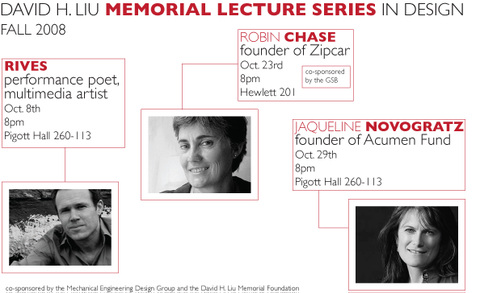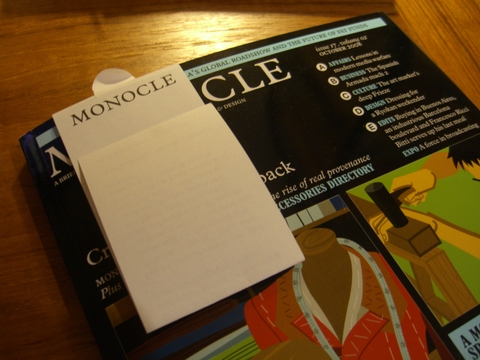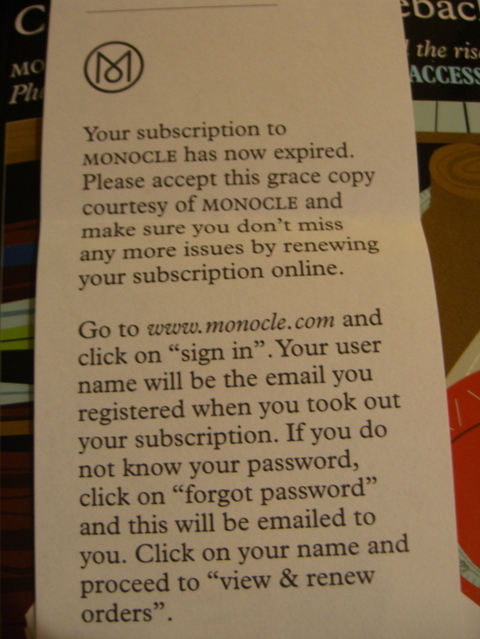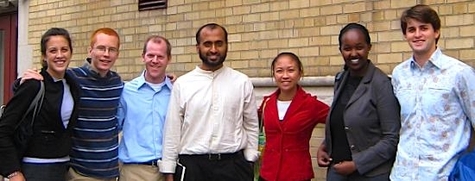
This past weekend I watched some fantastic racing at Road Atlanta courtesy of the American Le Mans series. Audis were dicing with Peugeots, Ferraris with Porsches, Porsches with Acuras, and Corvettes with Aston Martins, among other marques. All of it awesome, technology-centric racing put on by the American Le Mans Series (ALMS).
What made this particular running of Petit Le Mans unique was the debut of something called the Green Challenge. An innovative behavioral incentive program developed jointly by the ALMS, the US Department of Energy, the Environmental Protection Agency, and the Society of Automotive Engineers, the Green Challenge allows racing teams to score points for sheer speed and for energy usage and carbon footprint. Teams are evaluated on the total greenhouse gas life cycle of the fuel type they use in the race, which could be cellulosic ethanol, bio-diesel, and ethanol/petroleum blend, or a hybrid internal combustion/electric source. For the gearheads among you, the following formulas are used to evaluate Green Challenge performance:
- Performance Energy Coefficient (the amount of energy used): [total normalized fuel consumption during race] \ [1,000,000]
- Greenhouse Gas Coefficient (the amount of greenhouse gases emitted): 3 * [ (upstream C02) + (downstream C02)]
- Petroleum Fuels Displaced: Y * [ (upstream petroleum energy) + (downstream petroleum energy)]
As a general rule, competition is good for spurring on innovation. From high-minded endeavors such as the X PRIZE, to the (very scary) technological leaps seen during WWII, high stakes seem to breed a combination of focus and access to resources which help support innovative behavior. In the parlance of Ways to Grow, competition helps set the context for revolutionary innovative outcomes. To that end, here’s what Margo Oge, Director of the Office of Transportation and Air Quality at the EPA, has to say:
Automobile racing spurs innovation in safety, performance, and now, we are happy to say, clean technologies. Racing is the ultimate test track.
Amen.
I admire this high-minded, innovative approach on the part of the American Le Man Series. Rather than take a pessimistic, let’s do less-bad approach to racing — which would have gone in the direction of greatly restricting fuel consumption, which is terrible for competition — they chose to pursue an optimistic, pro-fecundity and consumption approach to being green. As Bill McDonough has shown us, we can make a paradigm shift to a system where inputs and outputs flow in ways that enable consumption without harming our environment, rather than assume that all consumption must trigger an increase in entropy. This initiative is only the tip of the iceberg, but it is a fantastic start. I tip my hat to the leadership of ALMS.
And the title of this post? It refers to an article I wrote for NZZ Folio a year ago, called Who will be the next millionaire? My point then was that we need to find ways to go green while going red, which is my code for maintaining our ability to enjoy things that are sexy, fast, and cool. I still believe this is true, and that we are in the early days of making green tech and clean tech sexy. This is one of the reasons behind my new blog Unabashed Gearhead Gnarlyness — it’s an exploration of what makes red red.
For those of you who didn’t catch the race, here’s the last lap. Allan McNish is a hero, a pure racer. Here is a drive worthy of the great Nuvolari. Very inspirational stuff:





